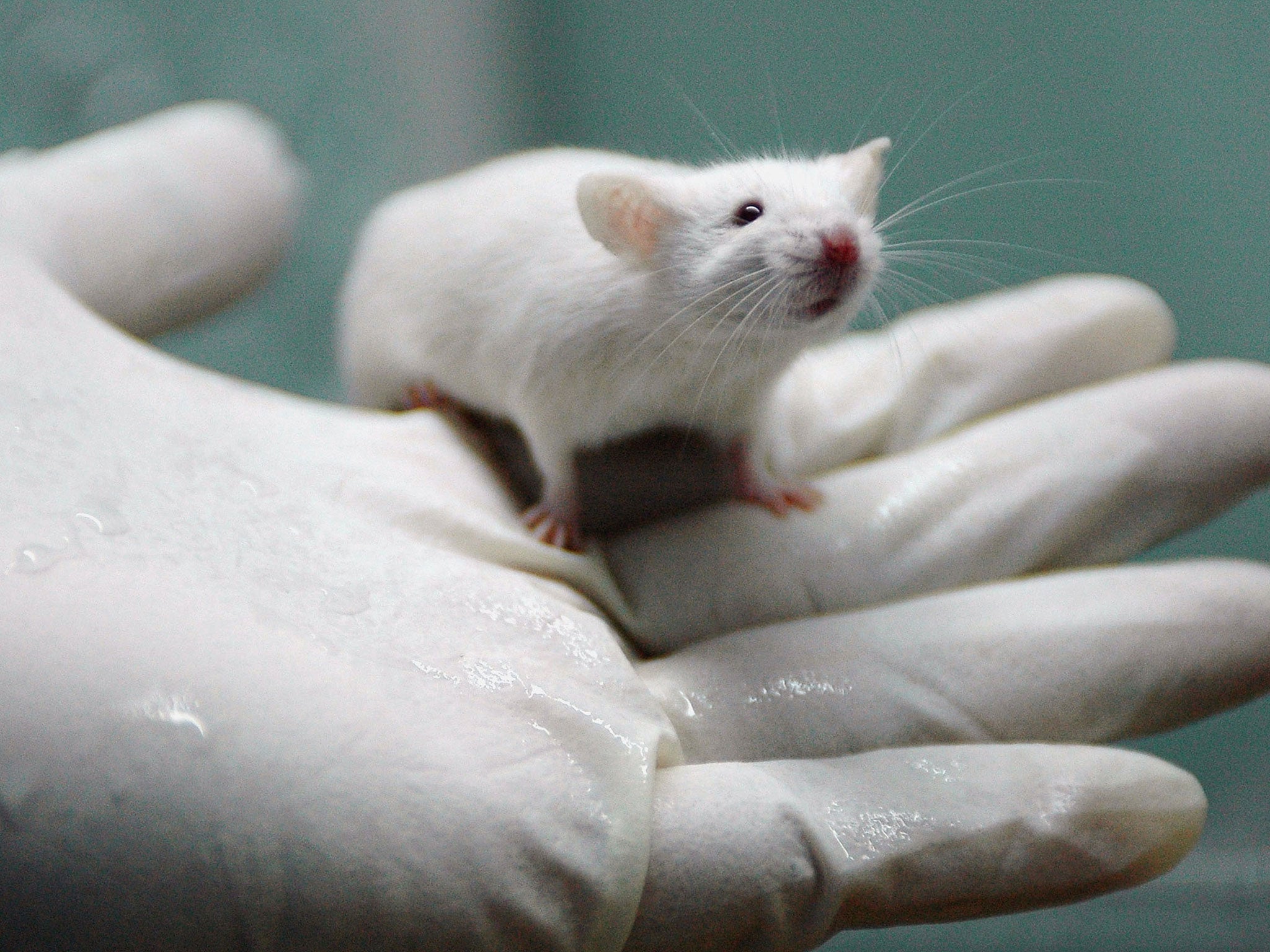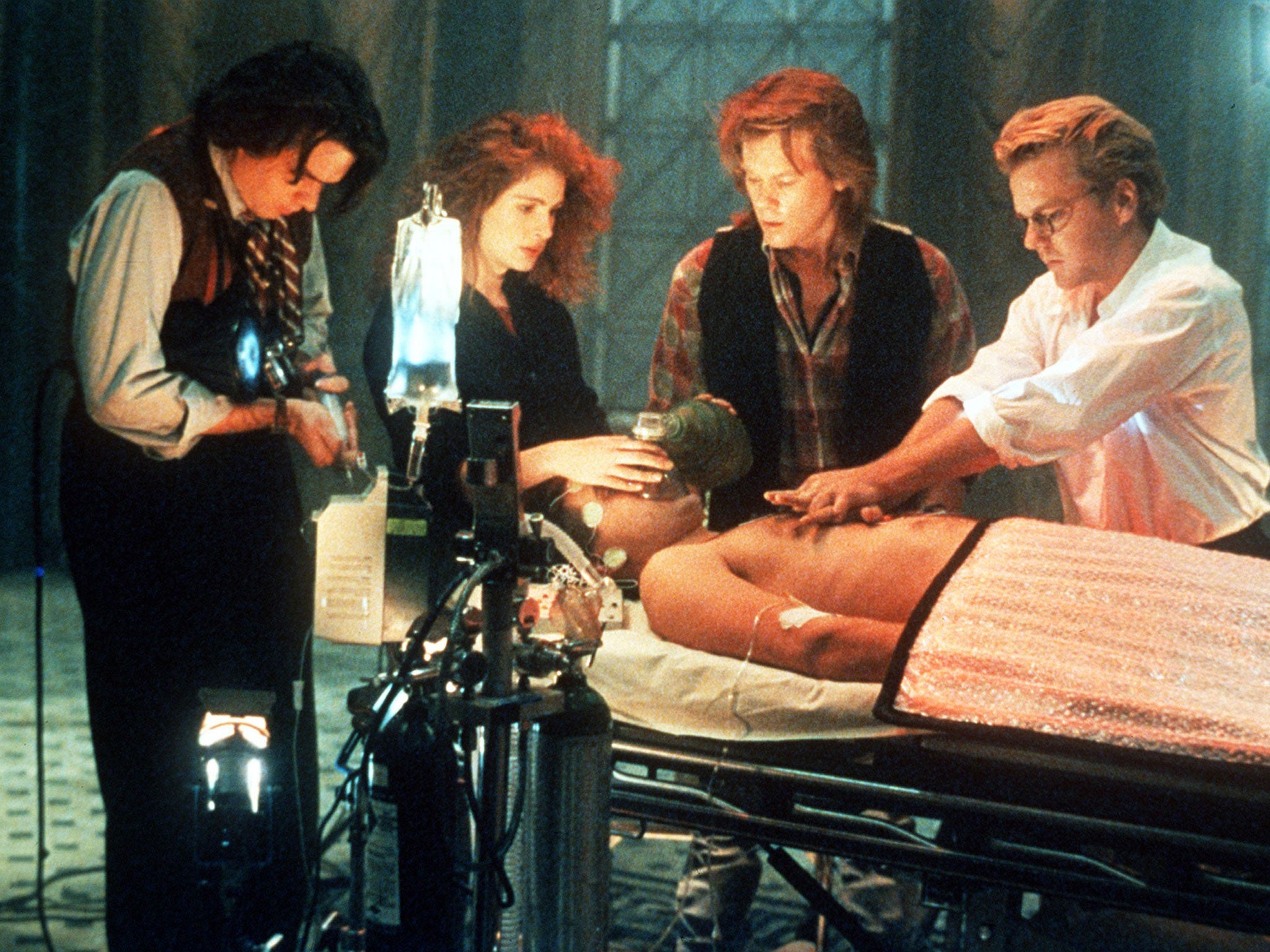Light at the end of the tunnel for scientists studying near-death experiences
High levels of activity in the brains of rats may give rational answer to 'spiritual' phenomena

Your support helps us to tell the story
From reproductive rights to climate change to Big Tech, The Independent is on the ground when the story is developing. Whether it's investigating the financials of Elon Musk's pro-Trump PAC or producing our latest documentary, 'The A Word', which shines a light on the American women fighting for reproductive rights, we know how important it is to parse out the facts from the messaging.
At such a critical moment in US history, we need reporters on the ground. Your donation allows us to keep sending journalists to speak to both sides of the story.
The Independent is trusted by Americans across the entire political spectrum. And unlike many other quality news outlets, we choose not to lock Americans out of our reporting and analysis with paywalls. We believe quality journalism should be available to everyone, paid for by those who can afford it.
Your support makes all the difference.Stories of out of body experiences and seeing lights at the end of a tunnel have been told by people brought back from the brink since the days of Plato.
Now, for the first time, scientists say they have observed brain activity in dying rats that may shed light on the mystery of human near death experiences.
Researchers at the University of Michigan analysed the electrical signals in the brains of nine anaesthetised rats undergoing an induced cardiac arrest and saw activity patterns they said were associated with "a hyper-alerted state" shortly after clinical death.
Near death experiences (NDEs), which the study's authors said were reported by 20 per cent of cardiac arrest survivors, are commonly cited as evidence of an afterlife or the separation of the body and the soul - but scientists have increasingly been able to attribute people's experiences to physiological processes and now believe they result from unusual brain activity caused by reduced blood flow to the brain.
Patients commonly report seeing a tunnel and a light, or a sensation of being outside one's own body, often with a sense of calm and inner peace.
"This study, performed in animals, is the first dealing with what happens to the neurophysiological state of the dying brain," said the study's lead author Dr Jimo Borjigin. "We reasoned that if near-death experience stems from brain activity, neural correlates of consciousness should be identifiable in humans or animals even after the cessation of cerebral blood flow."
However, the scientists were surprised by the high level of gamma frequency brain activity they observed, noting that "at near death, many known electrical signatures of consciousness exceeded levels found in the waking state, suggesting the brain is capable of well-organised electrical activity during the early stage of clinical death."
Experts in the UK said that, while the results were intriguing, there was no way of knowing whether the activity observed in the rats was the same that produced the near death experience phenomenon in humans.
"The paper has merely shown - and the authors are extremely clear on this point - that they have demonstrated the change in gamma oscillations occurring over a similar time period to when NDEs are experienced in humans," said Dr David McGonigle, of Cardiff University's school of psychology. "We have no idea what the rats experience - if anything - while the increase in synchronous gamma occurs."

Doubts have also been raised over the researchers' claims that the signals observed in the dying brains of the rats were similar to a conscious state. Dr McGonigle said that scientist were still "at loggerheads" over what consciousness means, both in humans and in animals.
Dr Anders Sandberg, a neuroscientist and research fellow at Oxford University's Future of Humanity Institute said that neither the findings, nor common stories of near death experiences in humans, should be interpreted as evidence of "life after death".
"A lot of the neural networks in the brain can stimulate themselves without any external signals under the right conditions… oxygen deprivation can certainly mess up many systems at the same time…" he said. "So it could be that during a NDE, the conditions make neurons start to fire and form patterns of activity. These patterns of activity are shaped by how the brain is connected, and we know that some patterns in the visual cortex seem to closely correspond to commonly reported hallucinations (like tunnels). Higher order parts of the brain might create emotions or ideas in a similar random fashion, populating the experience."
Join our commenting forum
Join thought-provoking conversations, follow other Independent readers and see their replies
0Comments